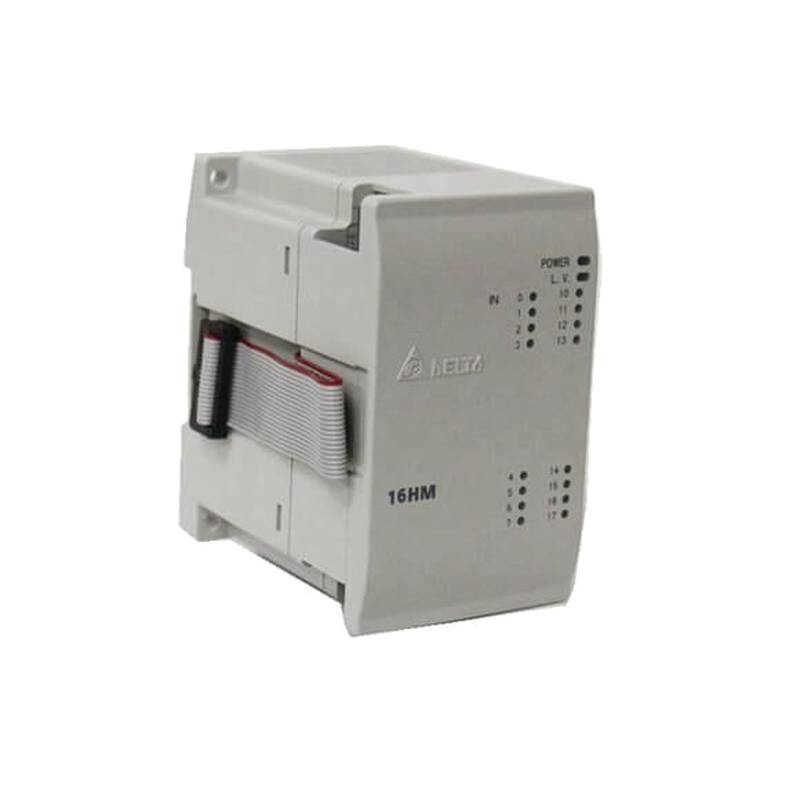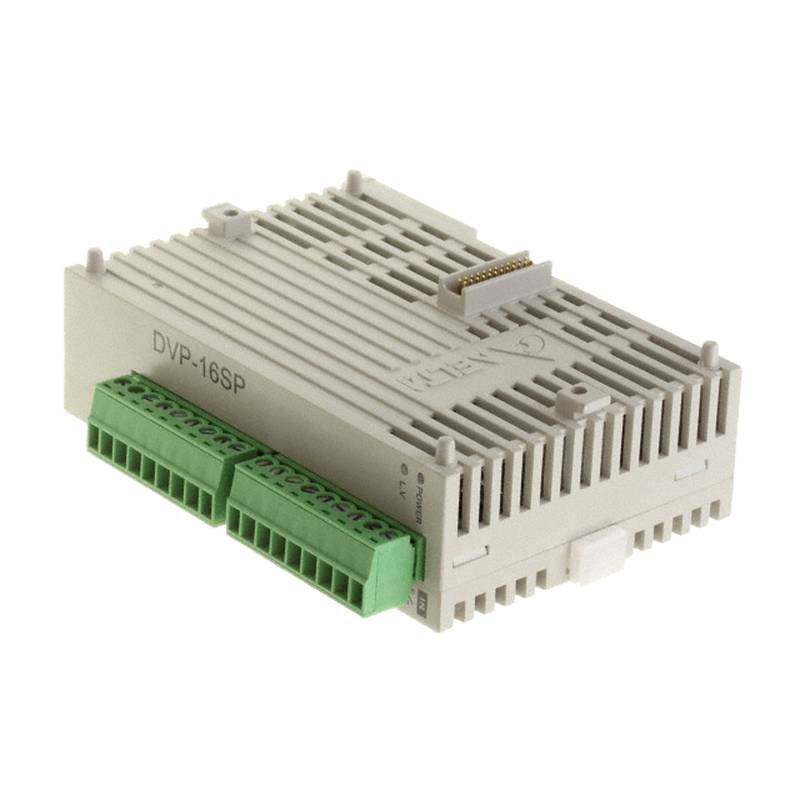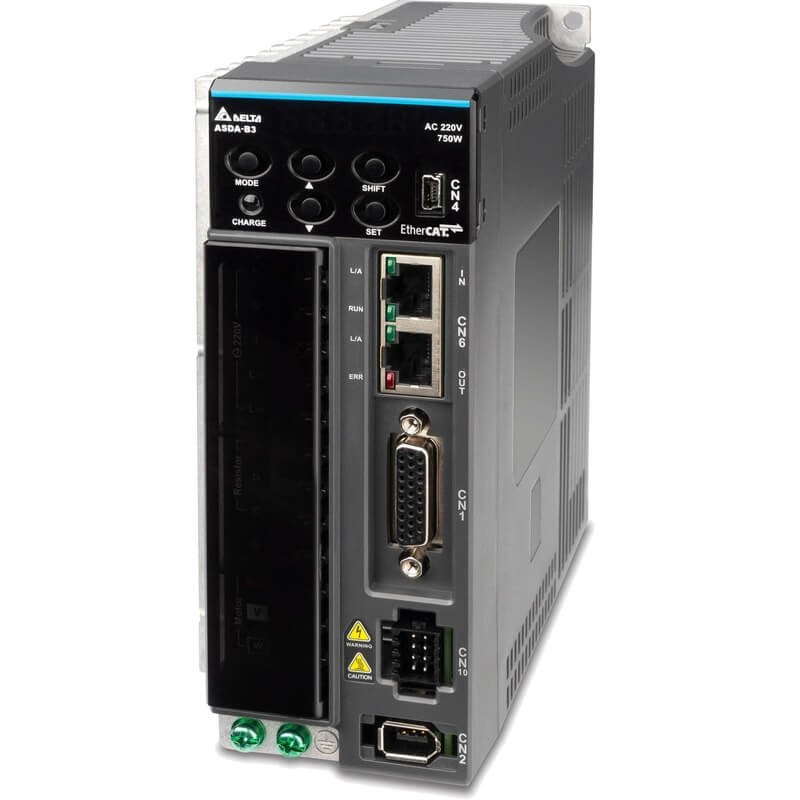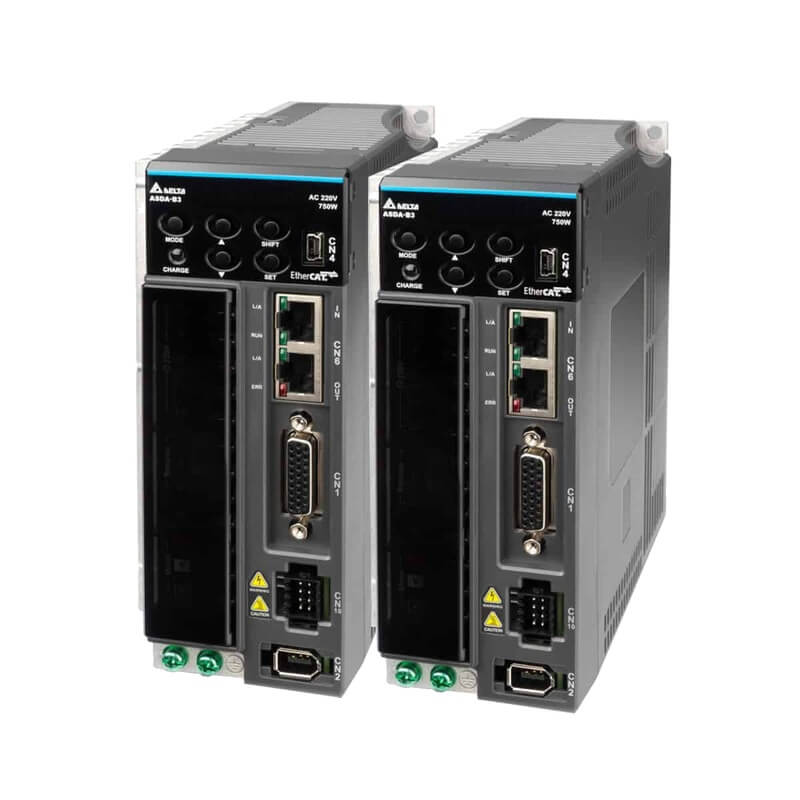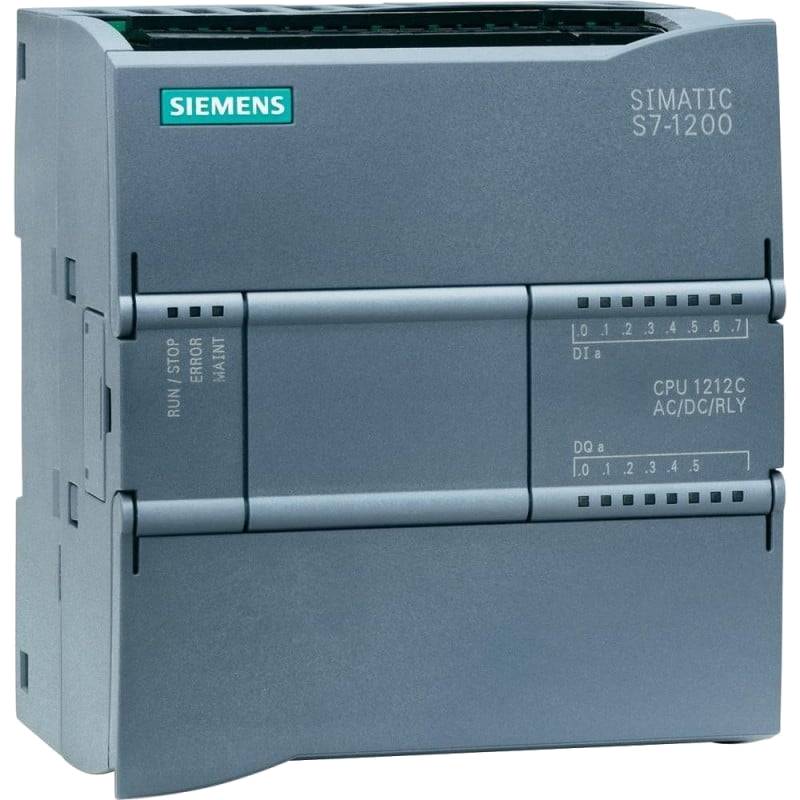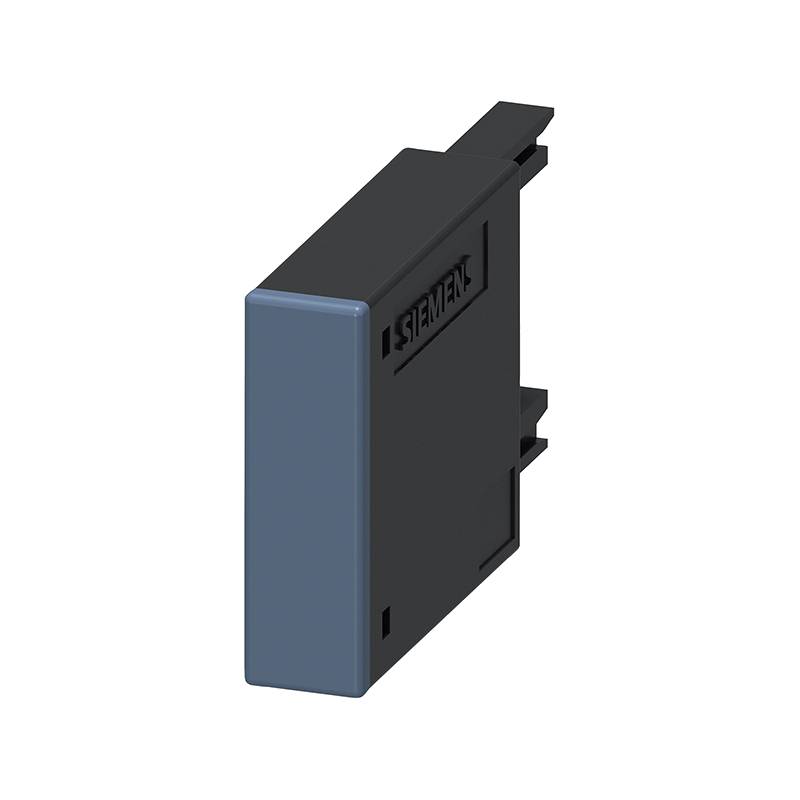
The Siemens 3RT2018-1BB44-3MA0 stands as a high-current industrial motor protection unit, engineered for robust performance and reliable operation in demanding environments. With a 24VDC control voltage and a rated current of 16A, this unit offers 3 normally open (NO) auxiliary contacts, ensuring precise control and monitoring capabilities for electric motors. Its design prioritizes safety, efficiency, and seamless integration into complex industrial automation systems.
Product Specifications
| Feature | Specification |
| :----------------------- | :-------------------------------- |
| Product Type | Motor Starter |
| Siemens Model Number | 3RT2018-1BB44-3MA0 |
| Rated Control Supply Voltage | 24V DC |
| Rated Operational Current | 16 A |
| Number of NO Contacts | 3 |
| Protection Class | IP20 (enclosure) |
| Mounting Type | Rail-mountable |
| Terminal Type | Spring-loaded terminals |
| Ambient Temperature Range| -25 to +60 °C |
| Standards | IEC 60947-4-1, IEC 60947-5-1 |
Core Features & Market Positioning
The Siemens 3RT2018-1BB44-3MA0 distinguishes itself through its compact design and high switching capacity, making it an ideal choice for space-constrained control cabinets. It integrates overload and short-circuit protection, safeguarding motors from damaging electrical events and minimizing downtime. Its robust construction ensures longevity, even in harsh industrial settings, positioning it as a reliable component within Siemens' extensive range of industrial automation solutions. The unit's advanced thermal overload relay functionality provides precise motor protection, adapting to varying load conditions.
Key Application Scenarios
This motor protection unit is extensively utilized in manufacturing plants, material handling systems, and process automation across various industries, including automotive, food and beverage, and general machinery. It is particularly well-suited for applications requiring direct motor control and protection, such as conveyor belts, pumps, fans, and small machine tools. The 24VDC control voltage makes it compatible with common PLC (Programmable Logic Controller) outputs, facilitating easy integration into automated control loops.
Practical System Integration Guidance
Integrating the Siemens 3RT2018-1BB44-3MA0 into an existing control system is straightforward due to its standard rail-mounting design and spring-loaded terminals, which offer secure and vibration-resistant connections. For wiring, connect the main power circuit to the three power terminals and the control circuit to the 24VDC coil terminals. The three NO auxiliary contacts can be wired into the control logic for status feedback (e.g., motor running, fault indication) to a PLC or control panel. Proper sizing of the unit based on motor full-load current and service factor is crucial for effective protection.
Operation and Risk Mitigation
The primary function of the Siemens 3RT2018-1BB44-3MA0 is to prevent damage to electric motors caused by overloads, phase failures, or short circuits. It features a manual reset mechanism after a fault condition is cleared, ensuring that the motor cannot restart unexpectedly. Safety is paramount; always ensure the control circuit is de-energized before performing any wiring or maintenance. Familiarize yourself with the unit's trip class settings to match them with the motor's starting characteristics and avoid nuisance tripping.
Scalability & Long-Term Value
As part of the broader Siemens SIRIUS modular system, the 3RT2018-1BB44-3MA0 offers excellent scalability and compatibility. It can be combined with other SIRIUS components like contactors and soft starters to build sophisticated motor control assemblies. For industries embracing Industry 4.0, this unit can be integrated into smart control cabinets, providing data on motor status and energy consumption when connected to higher-level control and monitoring systems. This ensures future-proofing and enhances the overall efficiency and predictive maintenance capabilities of the machinery.
Frequently Asked Questions
What is the main purpose of the Siemens 3RT2018-1BB44-3MA0?
This unit serves as an industrial motor protection device. It safeguards electric motors from electrical faults like overloads and short circuits, preventing damage.
It ensures reliable operation by monitoring motor current and tripping the circuit when parameters exceed safe limits. This minimizes unplanned downtime and associated repair costs in industrial settings.
The 3RT2018-1BB44-3MA0 provides crucial operational feedback through its auxiliary contacts. This enables integration into control systems for status monitoring and automated responses.
What are the key technical specifications of this motor protection unit?
The Siemens 3RT2018-1BB44-3MA0 operates with a 24VDC control voltage and has a rated operational current of 16A. This makes it suitable for many standard industrial control power supplies.
It features 3 normally open (NO) auxiliary contacts, providing essential signaling capabilities for control systems. These contacts are vital for status feedback and interlocks within automation setups.
The unit is designed for easy mounting on standard DIN rails and utilizes spring-loaded terminals for secure connections. It also complies with relevant IEC standards for industrial electrical equipment.
How is the Siemens 3RT2018-1BB44-3MA0 installed in a control panel?
Installation involves mounting the unit onto a standard 35mm DIN rail within the control enclosure. This provides a secure and vibration-resistant physical connection.
Electrical connections are made using spring-loaded terminals. Power is supplied to the main terminals, and the 24VDC control voltage is connected to the coil terminals for operation.
The three NO auxiliary contacts can be wired to your PLC inputs or indicator lights to signal motor status or faults. Ensure all power is disconnected before commencing any installation work.
What types of faults does the Siemens 3RT2018-1BB44-3MA0 protect against?
This unit primarily protects motors against thermal overloads caused by excessive current draw over time. This prevents winding damage from sustained high temperatures.
It also provides protection against short circuits, rapidly disconnecting power to prevent catastrophic damage and potential fire hazards. This is a critical safety feature.
The device can also offer protection against phase loss or unbalance in three-phase motor applications, further enhancing motor reliability and lifespan.
Can this unit be used with different types of motors?
Yes, the Siemens 3RT2018-1BB44-3MA0 is designed to protect standard AC induction motors. Its rating of 16A is suitable for motors within this current range.
The unit's thermal overload relay can be adjusted to match the motor's full-load ampere (FLA) rating. This ensures precise protection tailored to the specific motor's requirements.
For specialized motor types or applications beyond its specified current and voltage ratings, other Siemens protection devices or custom solutions may be necessary.
What does the 24VDC control voltage signify for system integration?
A 24VDC control voltage is standard in many industrial automation systems, particularly those utilizing PLCs. This allows for easy integration with common PLC output modules.
This voltage level is considered safe for control circuits, reducing electrical hazards during installation and maintenance. It simplifies wiring requirements compared to higher voltages.
Using 24VDC simplifies power distribution within a control panel, often supplied by a dedicated transformer or power supply unit. This ensures a stable and reliable control signal.
How do the 3 NO contacts function?
The three normally open (NO) auxiliary contacts are used for signaling purposes within the control system. They close when the unit is energized and operational.
These contacts can be wired to a PLC as input signals to indicate the motor's operational status, such as "running" or "ready." This is essential for system monitoring.
They can also be used to establish interlocking circuits, preventing other operations from starting if the motor is not running or to signal a fault condition via a separate circuit.
What is the role of thermal overload protection?
Thermal overload protection simulates the heating effect of current on the motor windings. It uses a bimetallic strip that bends when heated by the current.
When the bimetallic strip bends sufficiently, it trips a mechanism that opens the control circuit, de-energizing the motor and preventing overheating damage. This is a time-delayed response.
This type of protection is crucial for preventing motor burnout due to sustained operation at currents above the rated level, which can occur from mechanical loads or voltage issues.
Is manual reset required after a trip?
Yes, after a fault condition that causes the unit to trip, a manual reset is typically required. This ensures the fault is addressed before restarting the motor.
The manual reset button allows operators to physically disengage the tripped state of the protection relay. This prevents the motor from restarting until the cause of the trip is identified and rectified.
Automatic reset functions are generally not standard for motor protection units of this type to maintain safety and prevent unexpected restarts in industrial environments.
What are typical troubleshooting steps if the unit trips frequently?
First, verify that the motor's full-load ampere (FLA) rating is correctly set on the protection unit. Incorrect adjustment is a common cause of nuisance tripping.
Inspect the motor and driven equipment for any mechanical issues, such as binding, excessive friction, or misalignment, which could cause the motor to draw too much current.
Check the incoming power supply for voltage imbalances or sags, as these can also lead to the motor protection unit tripping. Ensure proper electrical connections are secure.

















